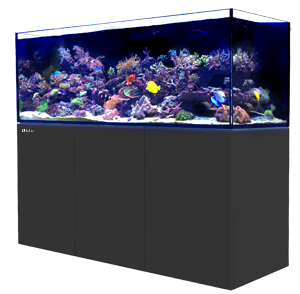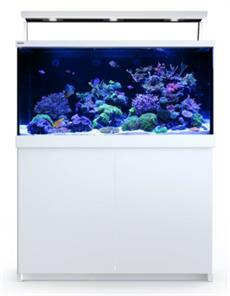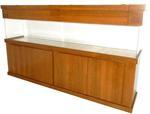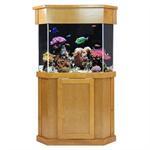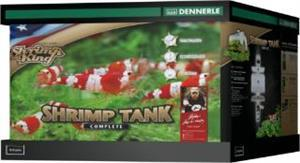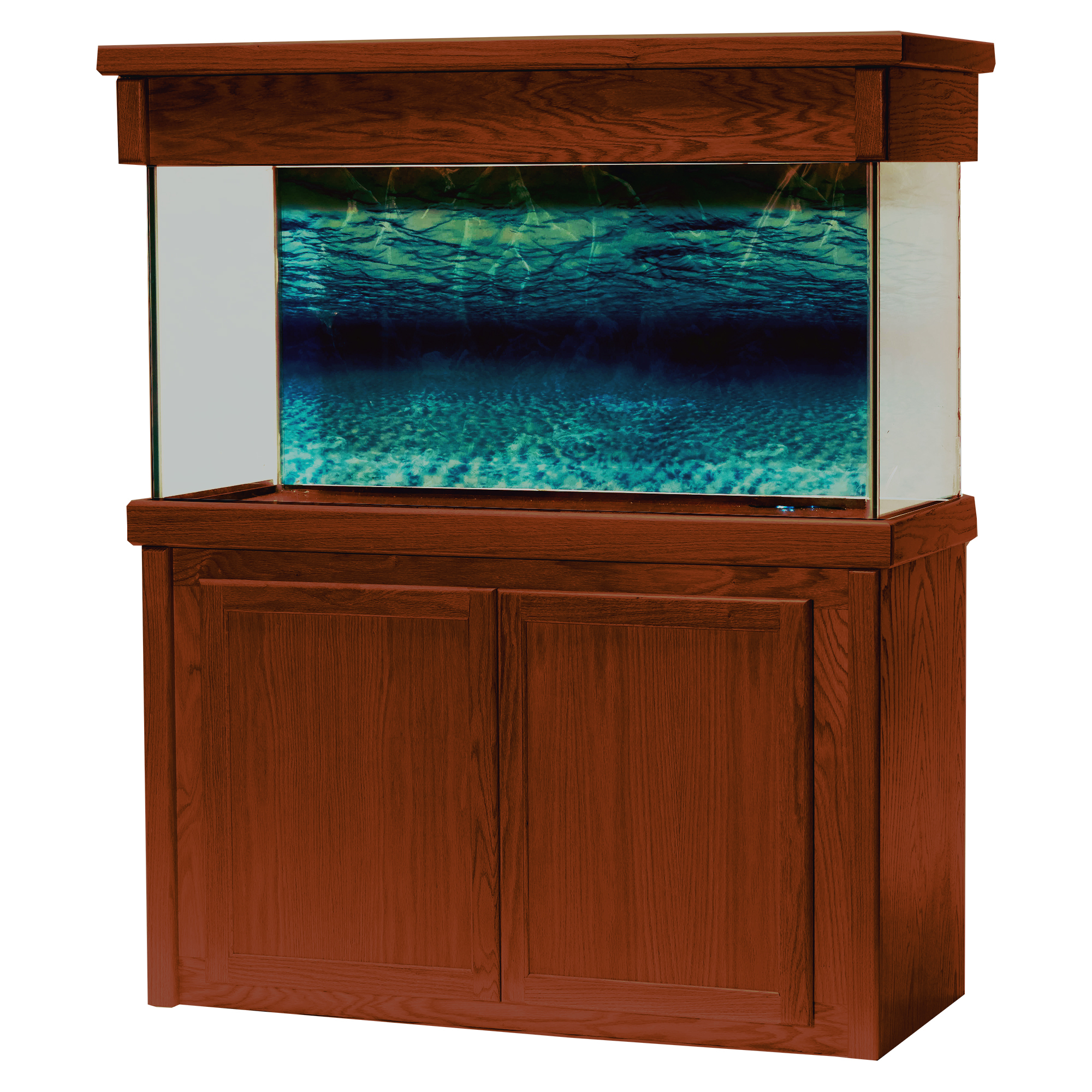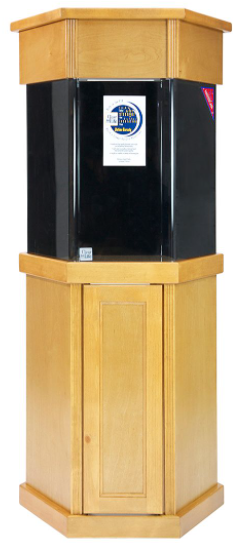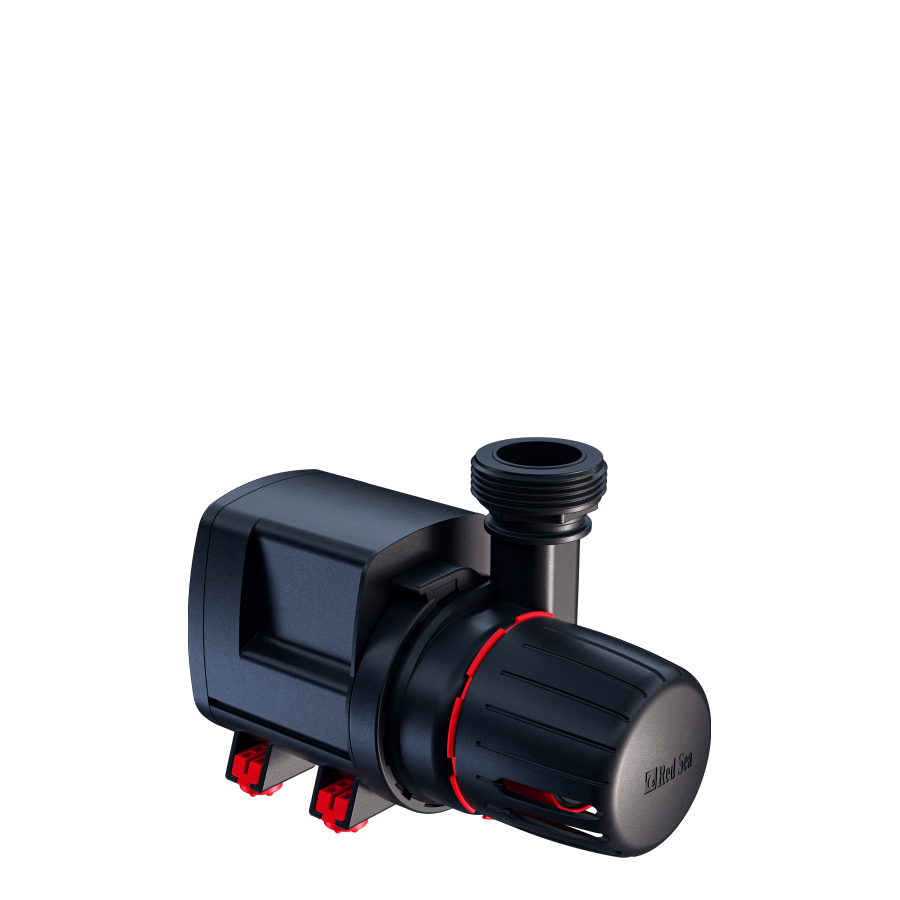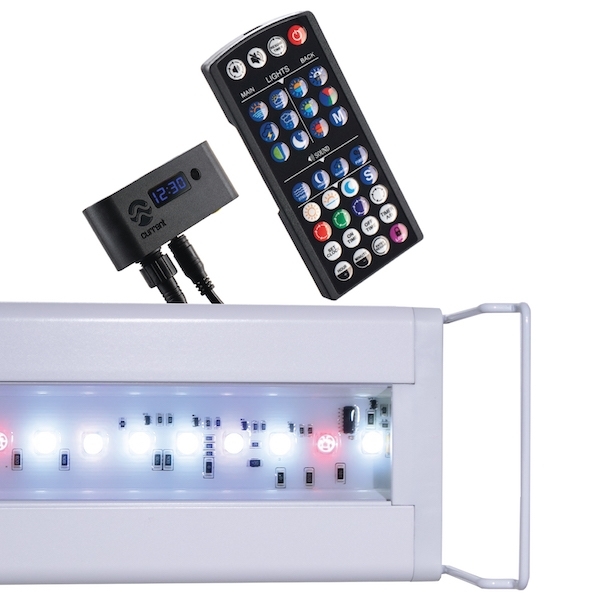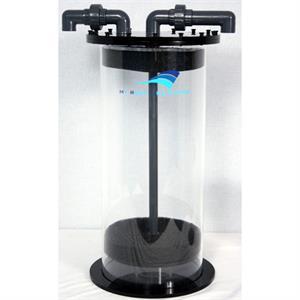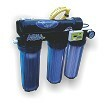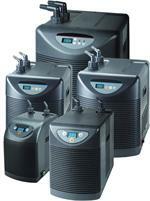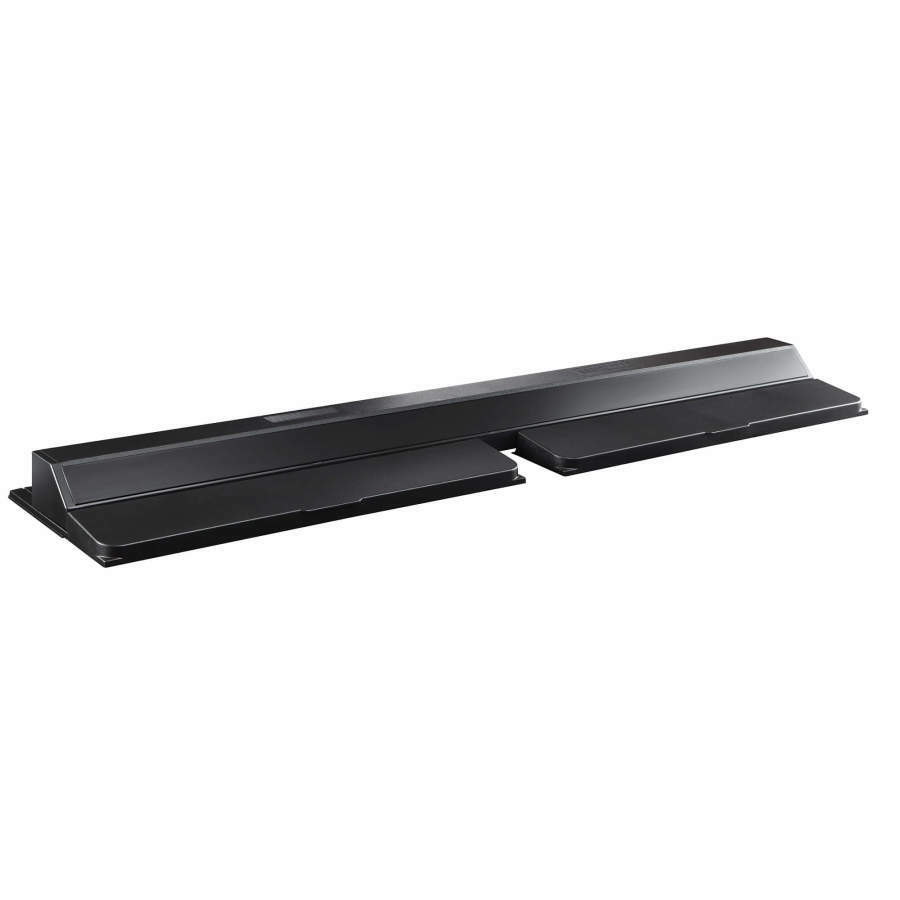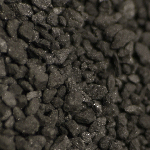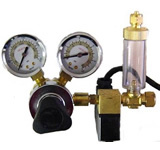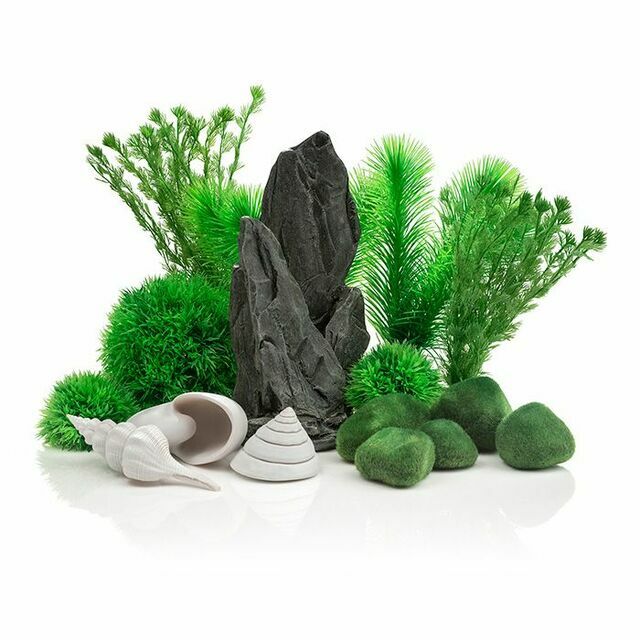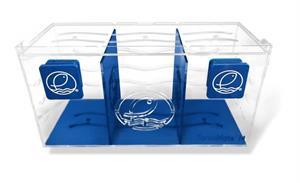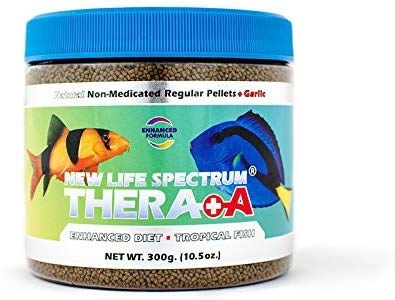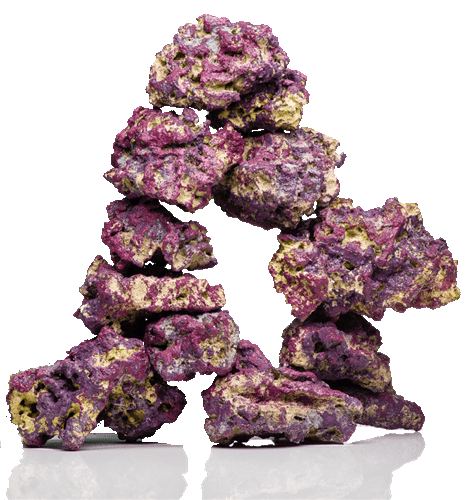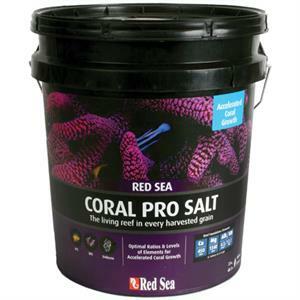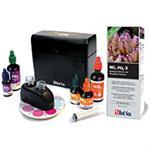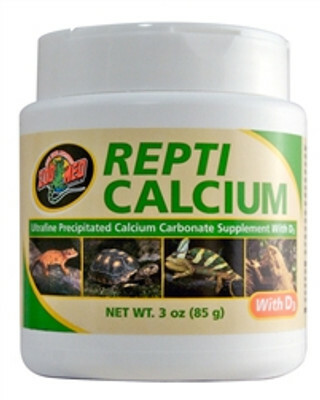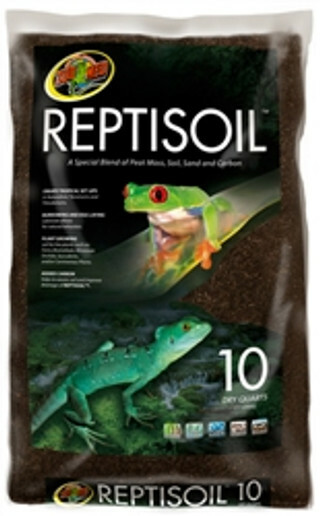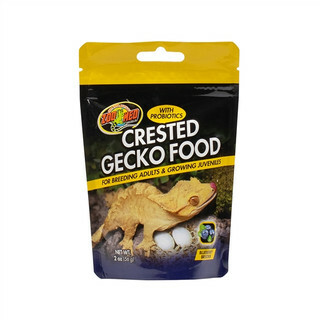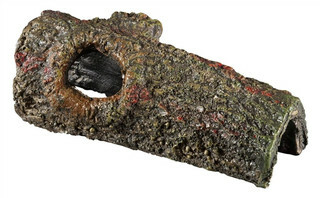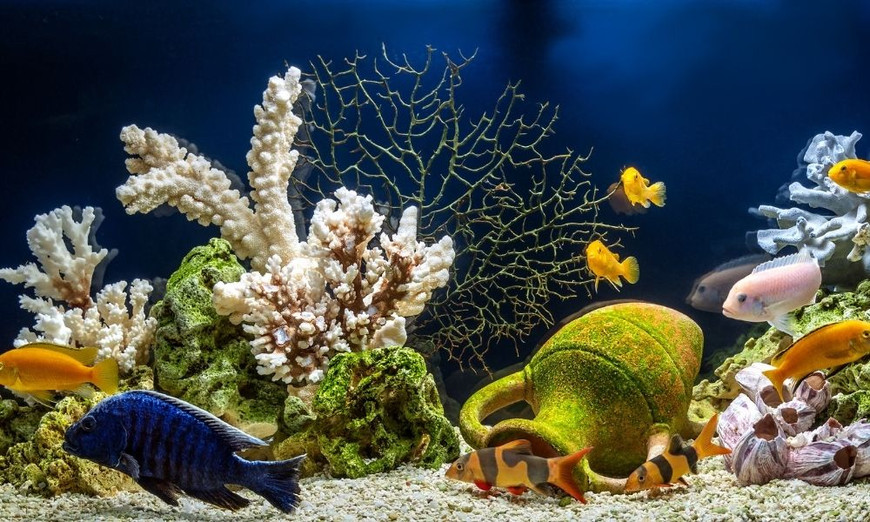Essential Equipment You Need To Start a Saltwater Fish Tank
Fish Tanks Direct on Feb 9th 2022
Many people are unaware that saltwater tanks require more care than freshwater aquariums. If you're serious about keeping saltwater fish in your home or business, you'll need to plan ahead to get the right products to keep your pets happy and healthy. We've crafted a helpful guide below on the essential equipment you need to start a saltwater fish tank.
Start With the Tank
It may seem like the most obvious first step, but there's a lot of thought that needs to go into deciding precisely what tank you want. There are many shapes and sizes to pick from, including rimless, hexagon, breeder, bowfront, and other shape variations. While a lot of it comes down to personal choice, several factors you need to consider can help influence your decision.
Location Matters
Before you can make any other decisions about size or shape, you need to pinpoint exactly where you're going to place your tank. For example, if you're looking to fit the aquarium in the corner of two walls, a rectangular shape makes much more sense. On the other hand, if you're looking to use your tank as the centerpiece of a large and open room, your choices are virtually limitless.
Choosing the Size
When it comes to saltwater fish, it's best to get as big a tank as possible, with 30 gallons being the bare minimum. This is primarily because larger aquatic ecosystems can sustain daily changes in water quality more effectively than smaller ones. In general, a 55-gallon tank will accommodate a variety of species while also providing a stable habitat.
Heaters Are a Must
Since many saltwater fish come from tropical climates, their habitat needs to stay warm to keep them alive. That's why investing in a quality heater is a top priority. For most saltwater tanks, the temperature inside will range between 75 and 82 degrees Fahrenheit, but you should regulate their habitat within just a degree of whatever temperature you pick.
You'll need to do some research about the appropriate temperature for the type of fish, corals, and other organisms to figure out the best settings. Typically, a range of 79-80 degrees is an excellent beginning point, since it is a reasonable zone that will support most life.
How Many Watts Do You Need
When it comes to determining how many watts you require, there is no one-size-fits-all solution, so you may need to experiment. You should start with 8 watts per gallon of water. Next, when it starts to get cold, just run the tank and periodically check the temperature inside to see if the heaters hold up. If not, add more to the wattage.
Number of Heaters You Should Get
As a general rule of thumb, the more heaters you have, the better. For example, a 55-gallon tank would require approximately 440 watts to maintain the desired temperature. If you divide that energy between two heaters, each of which providing 220 watts, you'll still be able to keep the reef going if one goes out until you replace it. If you add a third heater, you will sustain the reef even more if one fails.
Grab Quality Powerheads
The proper flow of water is critical in saltwater aquariums because it is a crucial component of gas exchange. Carbon dioxide (CO2) rises in the water as fish breathe from the water and release CO2. Excessive CO2 concentrations can negatively alter the tank's PH, severely impacting the health of the fish and corals inside. That's why using a powerhead to boost the water flow is critical when removing the CO2 that builds up in the reef aquarium.
What Should the Flow Be
The primary guideline for powerheads is to have a minimum flow rate of 40 gallons per hour (GpH) per gallon of tank. For example, the minimum flow rate for a 55-gallon tank would be 2200 GpH. However, this is just the baseline, and you may still need more than that, depending on your final setup.
How Many Powerheads
Like with heaters, the more is the merrier with powerheads (with a minimum of two). Ideally, in most tanks, you'd have five or six powerheads strategically dispersed around the aquarium. Having an upper and lower one on each side and one or two on the rear glass can effectively disseminate the flow throughout the tank, increasing agitation and ensuring the entire space is affected by the flow.
Return Pumps Are the Lifeblood of a Tank
While your sump is responsible for heating and cleaning duties, you need a mechanism to return the water into the tank. That’s why return pumps are an essential part of every reef aquarium, as it brings the water back once it’s passed through the sump or filter.
How Much Flow for Return Pump
The ideal range you should aim for is between four and six turnovers per hour inside the tank. You can figure this out by multiplying your tank volume by the turnover rate to reach your appropriate GpH rating. So, for a 55-gallon tank, you’d multiply 55 by 4-6 to get a range of 220-330 GpH.
Lighting Is Incredibly Important
One of the most critical components of any saltwater aquarium installation is the lighting. Optimal illumination is critical for corals and other species to thrive. The three types of lighting are:
- Fluorescent
- Metal halide
- LED
Fluorescent
Fluorescent lights are inexpensive to own and operate. They're great for fish-only tanks and beginners, but if you want to cultivate coral, you'll need to upgrade to halides or LEDs. You can also mix and match fluorescents with other types of lighting to boost the overall effectiveness.
Metal Halide
Metal halides are the most commonly used light source for saltwater tanks. These lights simulate sunshine, which encourages corals to flourish, and they have a sheen to them that's incredibly beautiful to see. Since these lights operate at highly elevated temperatures, you should not use them in aquarium hoods.
LEDs
LED lights are a cost-effective light source that emits less heat, allowing you to keep your aquarium at the correct temperatures. You can find them in various colors, and they are best for imitating a proper dawn and dusk cycle for the fish. You can also synchronize moonlights with a timer to encourage coral spawning and create a superb display.
Don’t Forget Protein Skimmers
Protein skimmers are the main filter you will use in saltwater reef aquariums. This equipment helps to remove organic compounds such as food and waste particles from water that can cause chemical imbalances if left inside. There are a variety of available options, including AC or DC pumps, as well as a space saver or regular footprint.
While the above examples are the essential equipment you need to start a saltwater fish tank, you’ll want to experiment with plenty of other fun accessories that can make tank maintenance and displays even better. Fish Tanks Direct offers a hexagon tank stand for aquarists looking for an unconventional but stylish home for their fishy friends, along with many other tanks and accessories. Feel free to contact us with any questions about our products.


